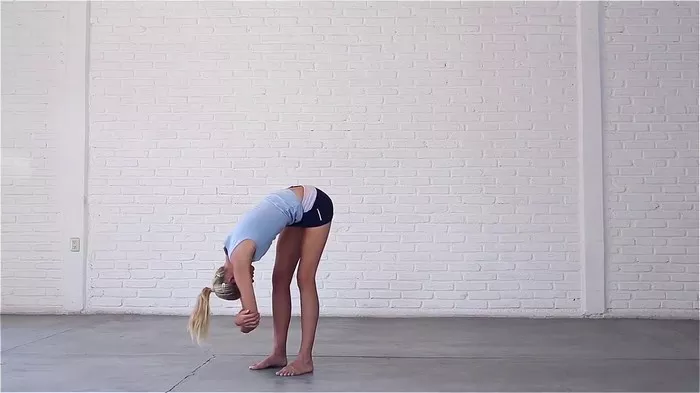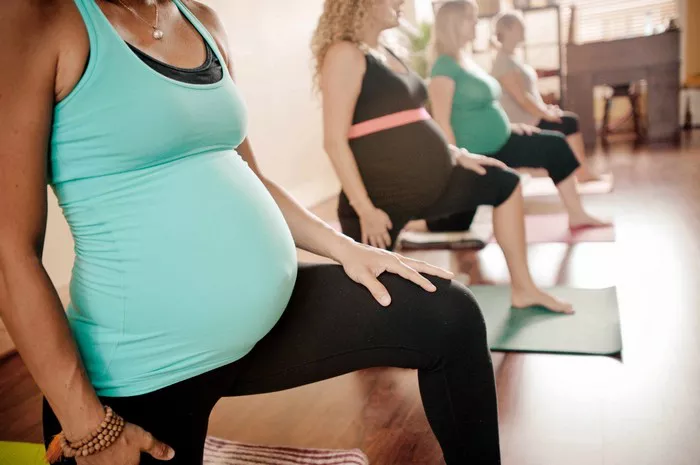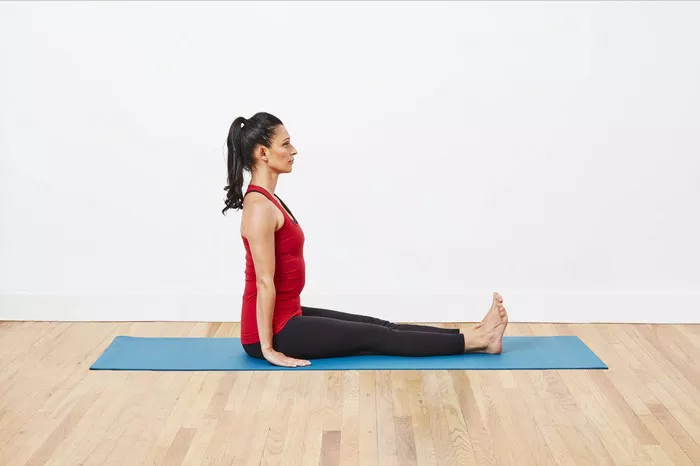Restorative yoga has gained increasing popularity in recent years due to its soothing and therapeutic benefits. Unlike more vigorous forms of yoga such as Vinyasa or Ashtanga, restorative yoga focuses on deep relaxation, healing, and stress relief. This practice involves holding poses for extended periods, typically supported by props, to allow the body to fully release tension and restore balance. For many practitioners, restorative yoga provides a welcome break from the physical and mental demands of daily life.
However, like any form of exercise, one might wonder: How often should I practice restorative yoga to gain the most benefit? This question doesn’t have a one-size-fits-all answer. The ideal frequency of restorative yoga depends on various factors, including your personal health goals, lifestyle, physical condition, and overall well-being.
In this article, we will explore the different aspects of restorative yoga, its benefits, and provide guidance on how many times a week you should practice restorative yoga based on your needs and goals.
Understanding Restorative Yoga
Restorative yoga is a gentle and slow-paced practice designed to relax both the body and mind. Unlike more dynamic forms of yoga that focus on strength, flexibility, or cardiovascular fitness, restorative yoga prioritizes deep relaxation and mental tranquility. The primary goal of restorative yoga is to activate the parasympathetic nervous system, which helps the body to rest, digest, and heal.
In restorative yoga, poses are typically held for 5 to 20 minutes, and the body is fully supported by props such as bolsters, blankets, blocks, and straps. These props are used to ensure that the body can relax deeply into each pose without the need for active muscular engagement. The practice is gentle, accessible, and can be done by people of all ages and abilities.
Common restorative yoga poses include supported Child’s Pose, supported Forward Fold, and supported Savasana. These poses are designed to open the body and allow the practitioner to let go of tension, stress, and mental clutter.
The Benefits of Restorative Yoga
Before diving into how often you should practice restorative yoga, it’s important to understand its many benefits. These include:
1. Stress Relief
Restorative yoga is an excellent tool for reducing stress. The slow-paced, mindful nature of the practice helps to quiet the mind and activate the parasympathetic nervous system, often referred to as the “rest and digest” system. By holding supported poses for extended periods, the body can fully relax, which reduces the levels of cortisol (the stress hormone) in the body.
2. Improved Sleep
One of the most common reasons people turn to restorative yoga is to improve sleep quality. The deep relaxation encouraged in restorative yoga can help reduce the mental and physical tension that might otherwise interfere with restful sleep. By calming the nervous system, restorative yoga prepares the body for better, more restorative sleep.
3. Enhanced Flexibility
While restorative yoga is not focused on building flexibility in the same way that more active forms of yoga are, it can still promote greater flexibility over time. The long-held poses allow the muscles and connective tissues to stretch gently, helping to release deep-seated tension in the body and improving overall flexibility.
4. Pain Relief
Restorative yoga can be particularly beneficial for those dealing with chronic pain or recovery from injury. The slow pace and use of props help to take the strain off the body, allowing the muscles, joints, and tissues to release tension. Poses can be adapted to accommodate specific pain areas, helping to alleviate discomfort and promote healing.
5. Mental Clarity and Emotional Balance
Because restorative yoga focuses on relaxation and mindfulness, it can help clear mental clutter and restore emotional balance. Many practitioners report feeling less anxious, more centered, and better able to manage the emotional ups and downs of daily life.
6. Lowered Blood Pressure and Heart Rate
Due to its calming effects on the nervous system, restorative yoga can lower both blood pressure and heart rate. Regular practice can help reduce hypertension and improve cardiovascular health, especially when combined with deep breathing techniques.
Factors to Consider When Determining Frequency
Now that we understand the various benefits of restorative yoga, we can begin to explore how often you should practice it. Several factors can influence the optimal frequency of practice, including your health goals, lifestyle, physical condition, and availability of time. Let’s take a closer look at some of these factors.
1. Your Stress Levels
If you are experiencing high levels of stress, anxiety, or mental fatigue, more frequent restorative yoga sessions may be beneficial. Practicing restorative yoga 3 to 4 times a week can help manage stress more effectively and promote a sense of calm throughout the week. However, if your stress levels are lower, practicing once or twice a week might suffice.
2. Physical Condition and Flexibility
Your current physical condition plays an important role in how often you should practice restorative yoga. If you are recovering from an injury or experiencing chronic pain, you may want to practice restorative yoga more frequently to support healing. On the other hand, if you are in generally good health and looking for relaxation, 1 to 2 sessions a week may be enough.
Restorative yoga is also an excellent complement to more active types of yoga or exercise. For example, if you engage in vigorous workouts or dynamic forms of yoga (such as Ashtanga or Vinyasa), adding 1 to 2 restorative sessions per week can help balance the body’s need for recovery and relaxation.
3. Your Personal Goals
Your personal goals will influence the frequency of your practice. If your goal is to reduce stress, improve sleep, or recover from physical strain, more frequent restorative sessions might be necessary. On the other hand, if your goal is simply to incorporate a relaxing practice into your routine, once or twice a week may be adequate.
4. Time Availability
The amount of time you have available to practice restorative yoga is another important factor. While restorative yoga poses are held for long periods, the sessions themselves are typically shorter in terms of physical exertion compared to other forms of exercise. If you are limited on time, even one restorative session a week can provide significant benefits.
5. Your Overall Well-Being
Your general physical and emotional well-being should also be considered when determining how often to practice restorative yoga. If you are generally healthy and not experiencing high stress levels or pain, restorative yoga 1 to 2 times a week is likely sufficient. However, if you are dealing with emotional stress, fatigue, or physical tension, increasing the frequency to 3 to 4 sessions a week may be helpful.
How Often Should You Do Restorative Yoga?
While the optimal frequency for restorative yoga varies from person to person, here are some general guidelines to help you determine how often to practice based on your needs and goals:
1. Beginners or Casual Practitioners
If you are new to restorative yoga or want to incorporate it into a well-rounded fitness routine, practicing once or twice a week is a good starting point. This allows you to experience the calming benefits of the practice without overwhelming your schedule. Over time, you can adjust the frequency depending on how you feel and whether you want to deepen the practice.
2. Those Seeking Stress Relief or Improved Sleep
For those who are primarily seeking stress relief or better sleep, practicing restorative yoga 2 to 3 times a week can help achieve consistent benefits. Regular practice will help you manage stress and promote a more relaxed state of being, making it easier to sleep at night and cope with daily challenges.
3. Recovering from Injury or Chronic Pain
If you are recovering from an injury or dealing with chronic pain, restorative yoga can be incredibly helpful for healing and managing discomfort. In this case, 3 to 4 sessions per week may be beneficial, as the practice helps to ease tension and promote circulation. It is also important to listen to your body and adapt the practice as necessary to accommodate your recovery process.
4. Advanced Yogis or Those with High Physical Demands
For experienced yogis who engage in intense physical activity or more strenuous types of yoga, adding 1 to 2 restorative sessions per week can provide essential recovery and balance. This can help prevent overtraining, reduce the risk of injury, and promote deep relaxation for both body and mind.
5. Those Dealing with Emotional Stress or Burnout
If you are experiencing emotional stress or burnout, increasing your restorative yoga practice to 3 to 4 times a week can help address these issues. The calming effects of restorative yoga, combined with mindful breathing, can help restore mental clarity and emotional stability.
Conclusion
Restorative yoga is a deeply relaxing practice that offers a range of benefits, from stress reduction to improved sleep and pain relief. The ideal frequency for practicing restorative yoga depends on various factors, including your stress levels, physical condition, personal goals, and time availability.
For most people, practicing restorative yoga 1 to 2 times a week is sufficient to experience its benefits. However, if you are dealing with high levels of stress, chronic pain, or recovery from injury, practicing more frequently (3 to 4 times a week) can provide significant therapeutic advantages.
Ultimately, the key is to listen to your body and adjust the frequency of your practice based on how you feel. Restorative yoga is a gentle yet powerful tool that can enhance your overall well-being, offering a peaceful refuge in our often hectic lives.
Related Topics:























